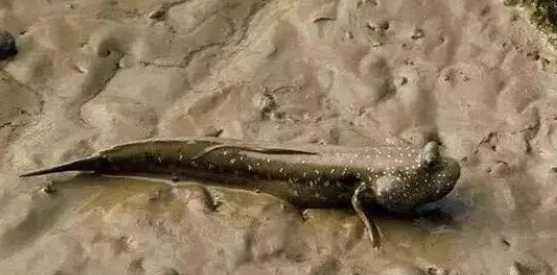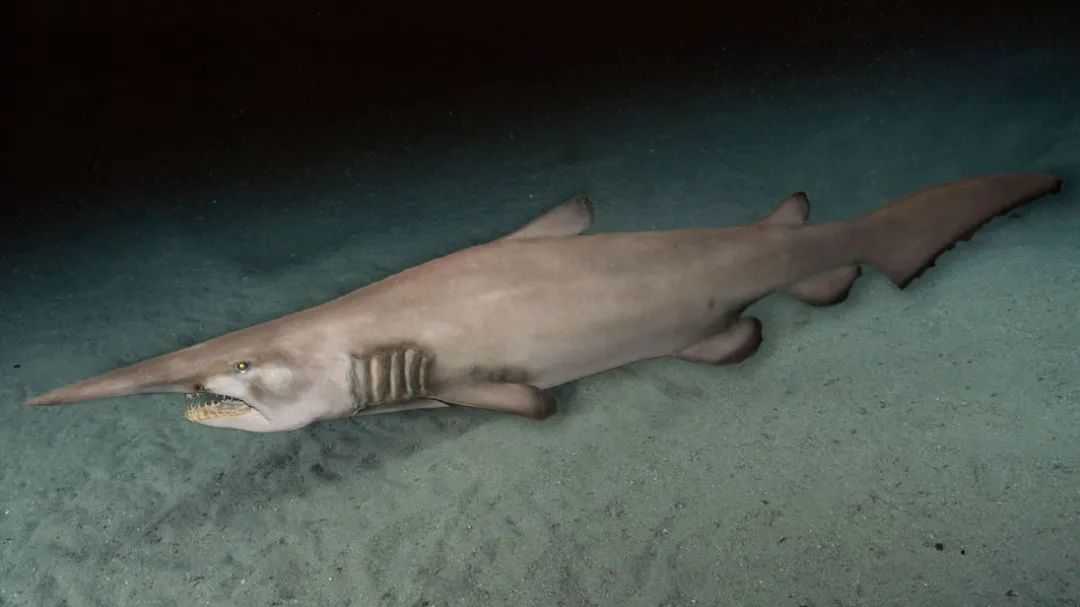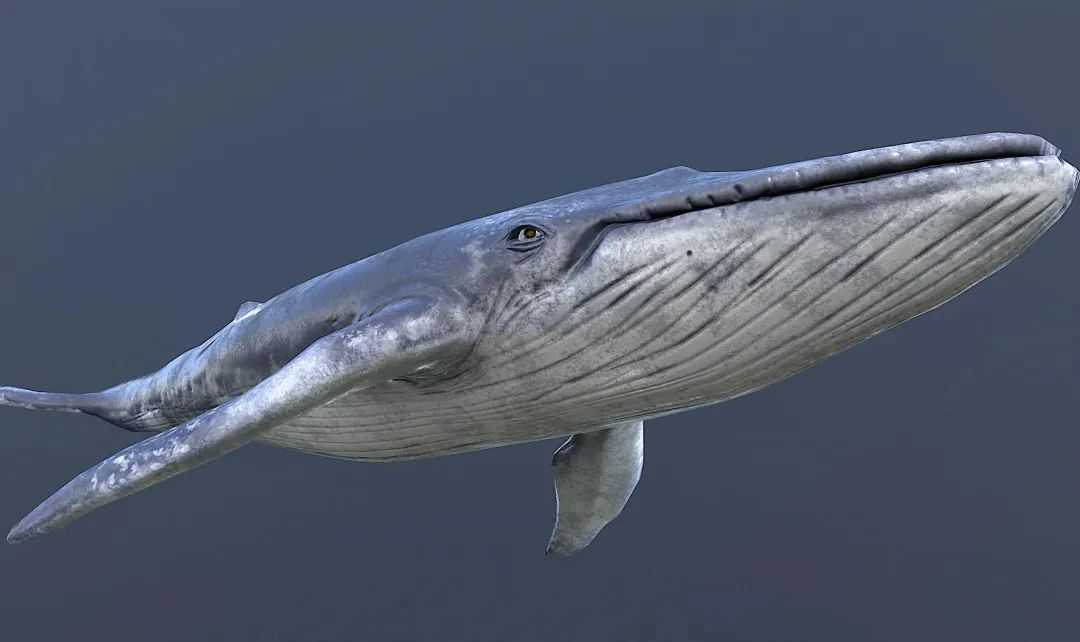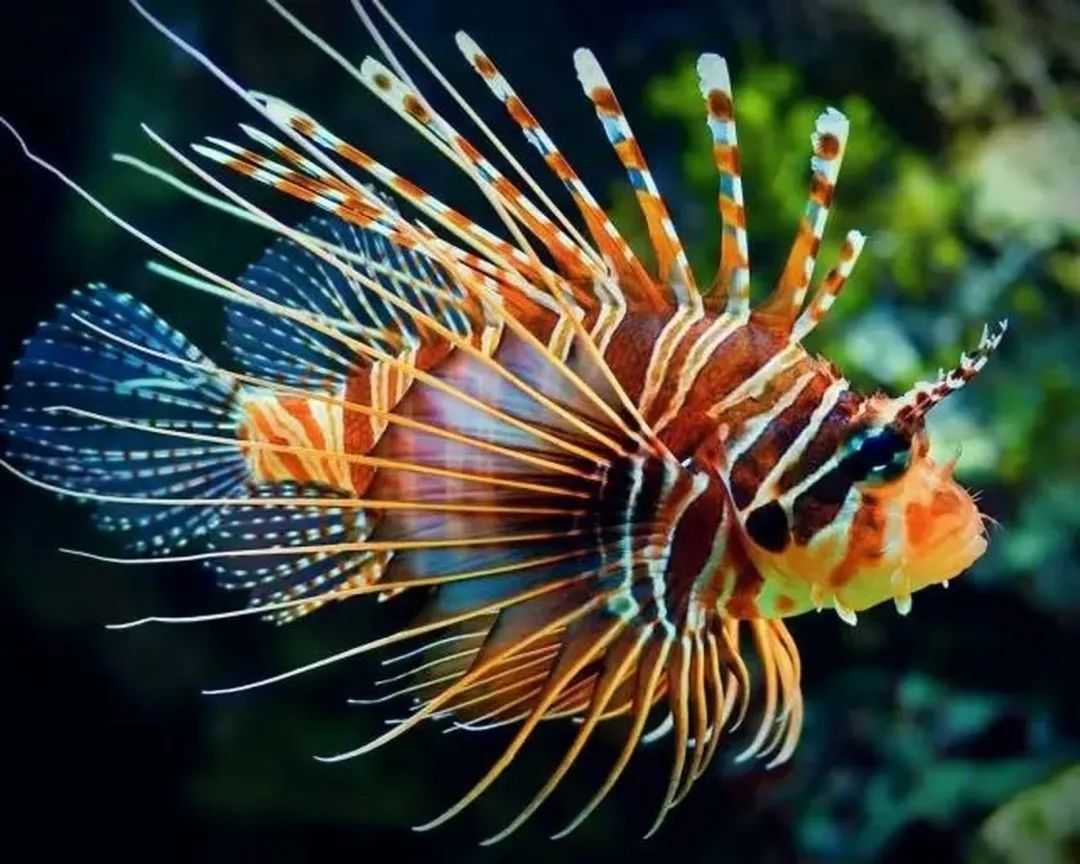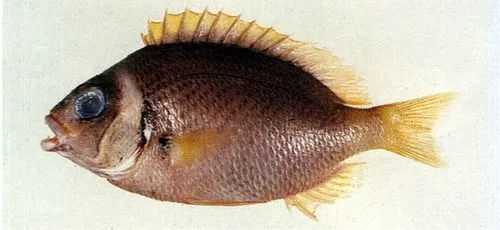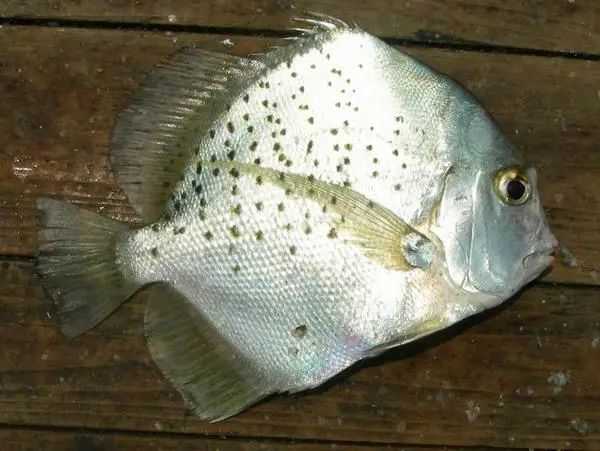Inhabiting the intertidal mudflats and mangrove forests of the Indo-Pacific region, these small fish have evolved remarkable adaptations that blur the line between aquatic and terrestrial life, making them a fascinating subject of ecological study.
Periophthalmus spp.: The Amphibious "Mud Skippers" of Coastal Ecosystems
Inhabiting the intertidal mudflats and mangrove forests of the Indo-Pacific region, these small fish have evolved remarkable adaptations that blur the line between aquatic and terrestrial life, making them a fascinating subject of ecological study.
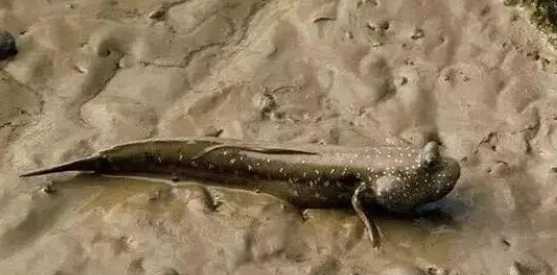
Source: Images from the Internet, if there is any infringement, please contact the removal of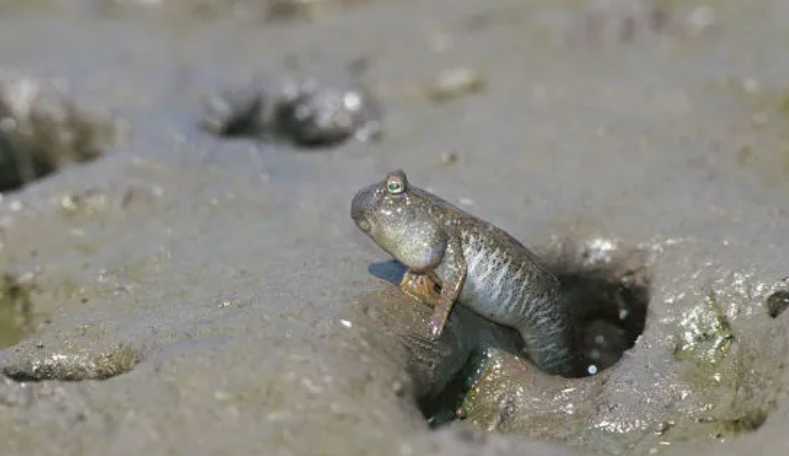
Source: Images from the Internet, if there is any infringement, please contact the removal of
Mud skippers exhibit a streamlined, elongated body that grows up to 15 centimeters in length, with a laterally compressed shape that aids in swimming. Their bodies are covered in tiny, smooth scales and lack a lateral line, a sensory organ common in most fish. The tail fin is broad and rounded, featuring a brownish hue with subtle spotted patterns on the fin rays, which helps them blend into the muddy substrates they frequent. One of their most distinctive features is their pectoral fins, which are highly muscular and adapted for "walking" on land. By using these fins to propel themselves and their tails for balance, mud skippers can leap across mudflats, climb tree roots, and even survive out of water for extended periods by retaining moisture in their gill chambers and skin.
These amphibious fish have a lifespan of approximately two years, during which they navigate the harsh, fluctuating conditions of the intertidal zone. They feed primarily on small invertebrates, algae, and organic detritus, using their sharp teeth to scrape food from surfaces. During low tide, they emerge from the water to forage, often engaging in territorial displays or courtship rituals that involve dramatic leaps and fin movements. Their ability to breathe through their skin and gills when out of water is facilitated by keeping their skin moist, a strategy that allows them to avoid predation by marine creatures and exploit a niche unavailable to fully aquatic species.
Despite their resilience, mud skippers face significant threats from habitat loss due to coastal development, mangrove deforestation, and pollution. These activities destroy the mudflats and mangroves they rely on for survival, disrupting their feeding and breeding grounds. Additionally, they are sometimes harvested for food or the aquarium trade, putting further pressure on local populations. As key indicators of intertidal ecosystem health, mud skippers play a vital role in nutrient cycling and maintaining the balance of mangrove habitats. Conservation efforts, including the protection of mangrove forests and the promotion of sustainable land use practices, are crucial to safeguarding these remarkable creatures and the fragile ecosystems they inhabit.


